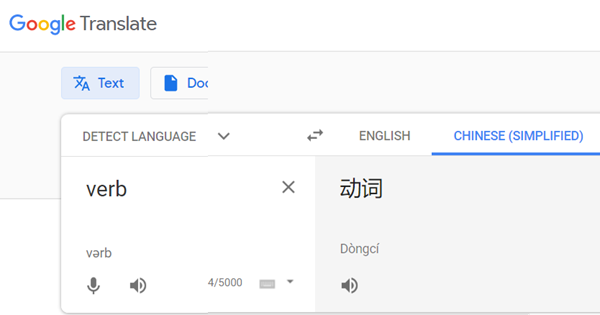Parts of Speech

In English, most of us know the common names for parts of speech, like nouns, verbs, etc. But what are the equivalents in Mandarin?
名词 (Míngcí) is a Noun.
词 (Cí) means Word and 名 (Míng) relates to a name. That makes sense as a noun is a naming word.
词典 (Cídiǎn) is a dictionary.
动词 (Dòngcí) is a Verb. 动 (Dòng) relates to moving, so a verb is like an action word.
形容词 (Xíngróngcí) is an Adjective. 形容 (Xíngróng) basically means to describe. So an adjective is a descriptive word.
副词 (Fùcí) is an Adverb. 副 (Fù) in this case is a bit like “vice” when used for “vice captain”.
代词 (Dàicí) is a Pronoun. 代 (Dài) here is a bit like “representative”, which is actually translated as 代表 (Dàibiǎo). So a pronoun is like an representative word.
介词 (Jiècí) is a Preposition. 介 (Jiè) here is like “introduce”, so a preposition is an introducing word.
连词 (Liáncí) is a Conjunction. 连 (Lián) relates to “connecting”, so a conjunction is a connecting word.
叹词 (Tàn cí) is an Interjection. 叹 (Tàn) in this case is a bit like “sigh”. It’s a bit rough, but I think of an interjection as a “sigh word”.
2020-05-22
